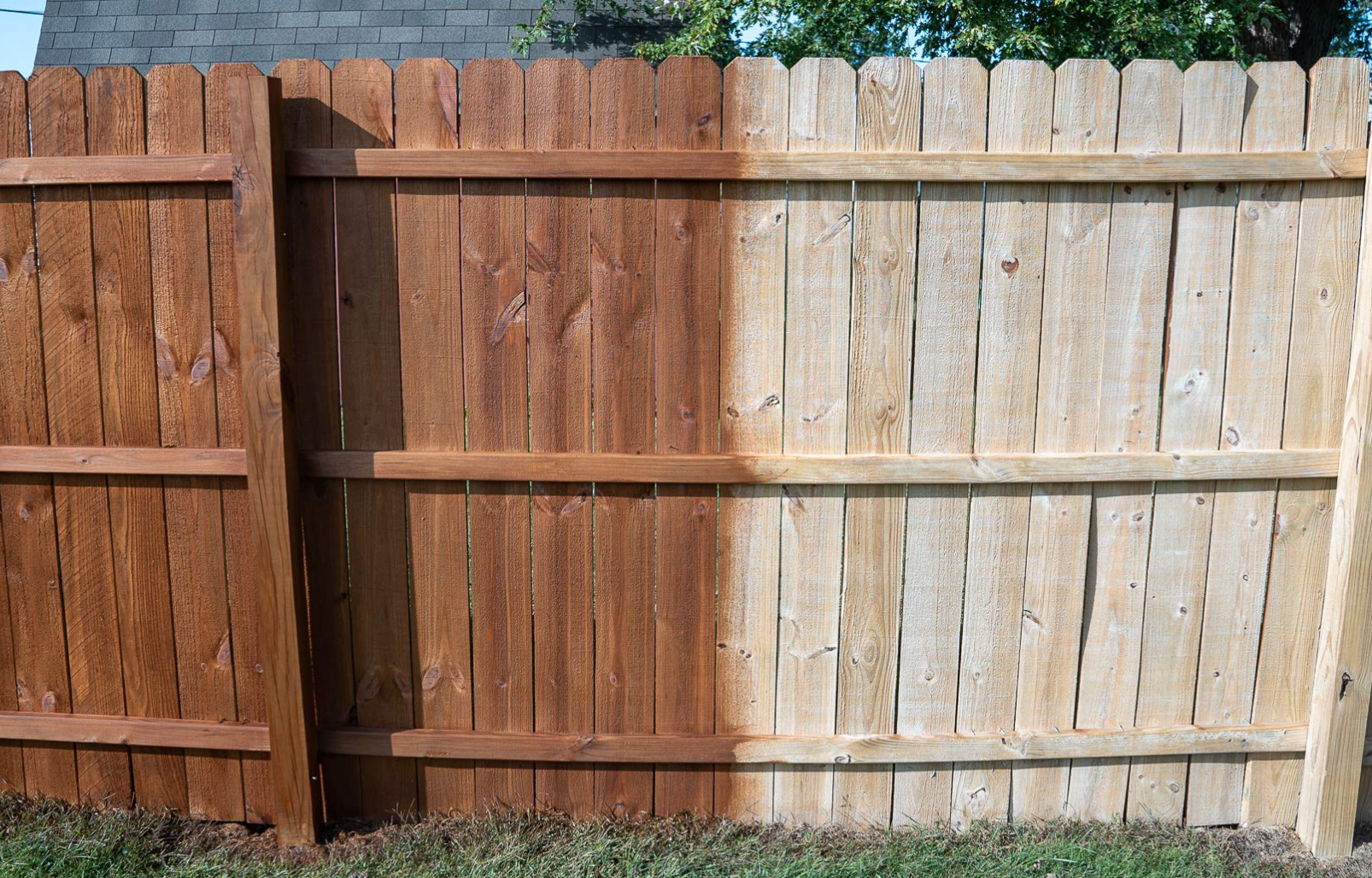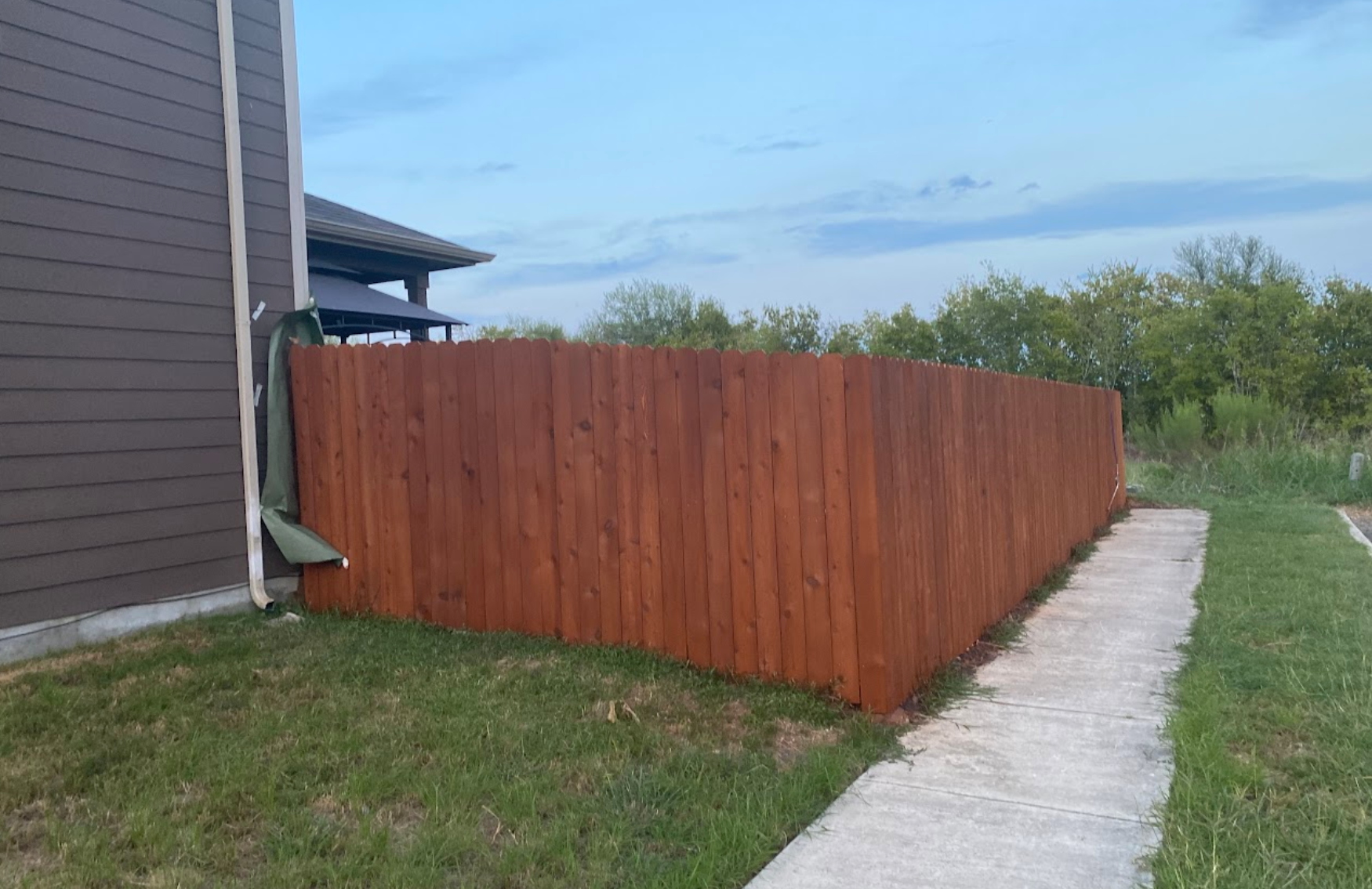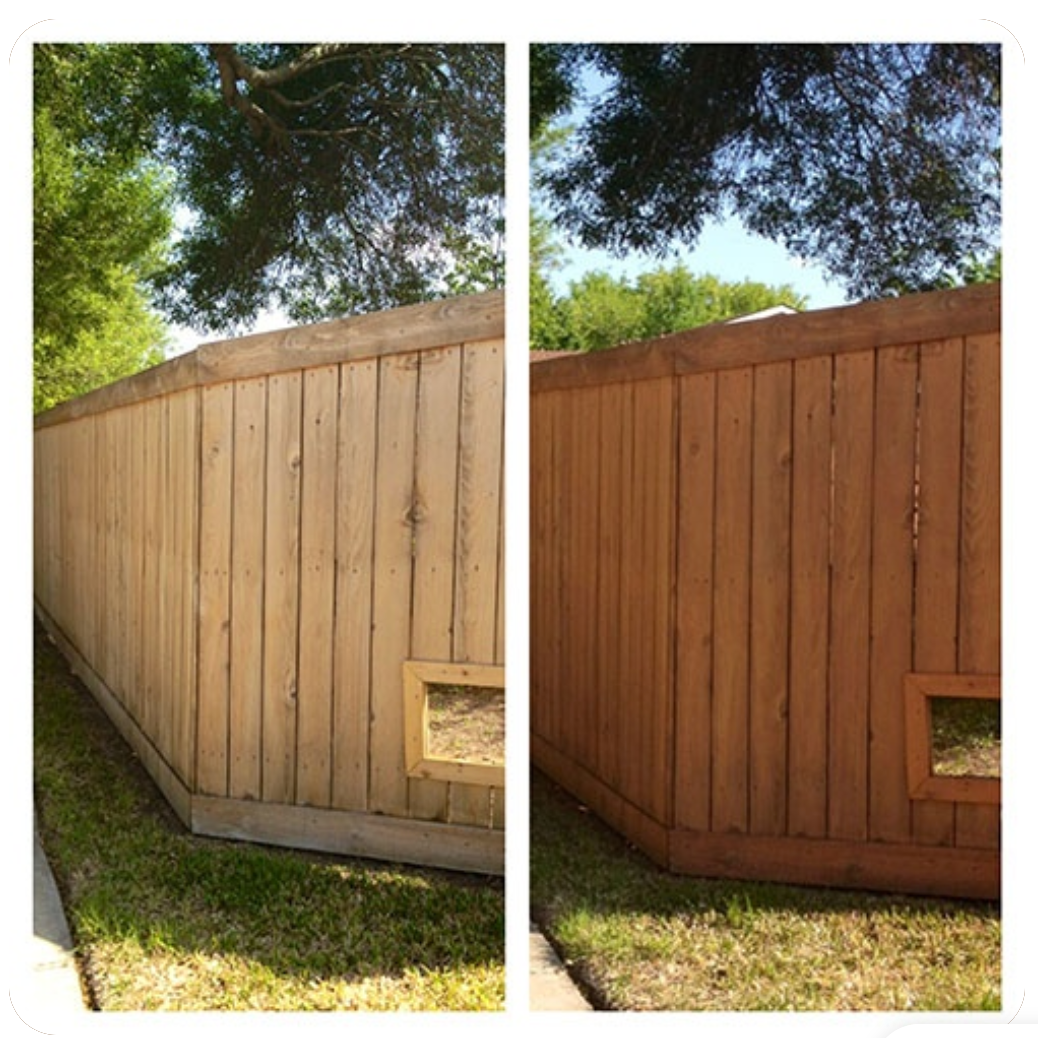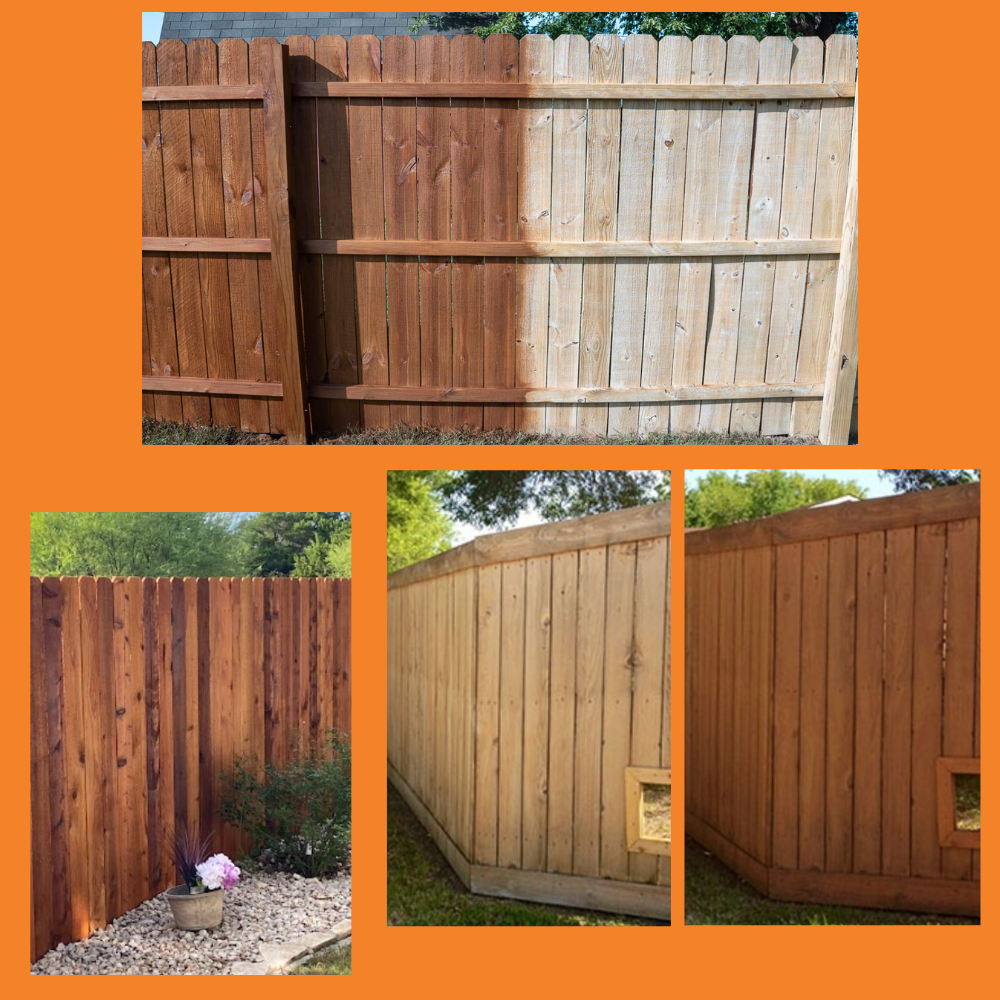FENCE STAINING
PROVIDING PROFESSIONAL FENCE STAINING SURFACE
Fence Staining San Antonio
We provide full fence staining and fence sealing services
Protecting your fence isn't just about aesthetics; it's about longevity. Fence staining serves a dual purpose: enhancing the natural beauty of the wood and providing a protective barrier against the elements.
Over time, fences face sun, rain, and changing temperatures, which can cause warping, fading, and even rotting. A quality stain penetrates the wood fibers, safeguarding them from moisture and UV rays. This not only preserves the vibrant color and texture of your fence but also extends its life, saving you time and money in the long run. Elevate the look and lifespan of your fence with a good stain.
That’s where fence staining comes into play. As an expert in the realm of fence maintenance, I aim to shed light on the intricate world of fence staining, revealing its benefits and offering insight into the most effective application techniques and best practices.
Benefits of Fence Staining
Enhanced Appearance:
A freshly stained fence can enhance the curb appeal of your property. Stains can add depth and richness to the wood's natural grain, ensuring your fence is not just a boundary, but also a statement piece.
Protection from Harmful Elements:
Fence staining acts as a shield against harmful UV rays, rain, snow, and fluctuating temperatures. This protection helps prevent wood from graying, warping, or splitting.
Increased Lifespan:
Regular staining can double or even triple the life of your wooden fence, saving you the costs and hassle of early replacements.
Resistance to Mold and Mildew: Quality stains have mold and mildew inhibitors that prevent these fungi from eating away at your fence.
Improved Property Value: A well-maintained fence can significantly boost property value. Potential buyers usually appreciate properties that require less immediate upkeep.
Application Techniques
Prepare the Fence:
Before applying stain, it’s crucial to prep the fence. This includes cleaning with a pressure washer or a specialized wood cleaner to remove dirt, mold, or old, flaking paint. Once cleaned, let the fence dry for at least 24-48 hours.
Choose the Right Stain: There are various stains available - transparent, semi-transparent, solid colors, and more. Transparent stains highlight the wood grain, while solid colors can change the wood’s appearance entirely. Your choice should be based on your aesthetic preferences and protection needs.
Test First: It's always a good idea to test a small patch of the fence with your chosen stain. This ensures you’re satisfied with the color and finish.
Use a Brush or Sprayer: For even coverage, using a brush or a sprayer is recommended. Brushes are ideal for detail work and ensuring the stain penetrates the wood, while sprayers make large areas more manageable.
Apply Thin Coats: It’s better to apply multiple thin coats than one thick one. This ensures even absorption and a smoother finish.
Best Practices
Weather Check: Stain your fence on a day when the temperature is between 50°F and 80°F. Avoid staining immediately after rain or when rain is forecasted within the next 24 hours.
Safety First: Use gloves, safety glasses, and protective clothing. Additionally, ensure good ventilation if working in a confined area.
Regular Maintenance: Regularly check your fence for signs of wear and tear. Touch-up stains as required, and consider a full re-stain every 2-5 years, depending on the climate and the stain type.
Dispose of Rags Properly: Some stain-soaked rags can spontaneously combust. Always store wet stain rags in a sealed, water-filled metal container before disposal.
Seal if Needed: Depending on the type of stain used, you may also want to consider a sealant. While many modern stains include sealants, standalone sealants can provide an additional layer of protection.
Fence staining is not just about enhancing aesthetics but also ensuring longevity and robust protection. By understanding its benefits and adhering to the mentioned techniques and best practices, you can ensure your fence stands tall and vibrant for years to come.




